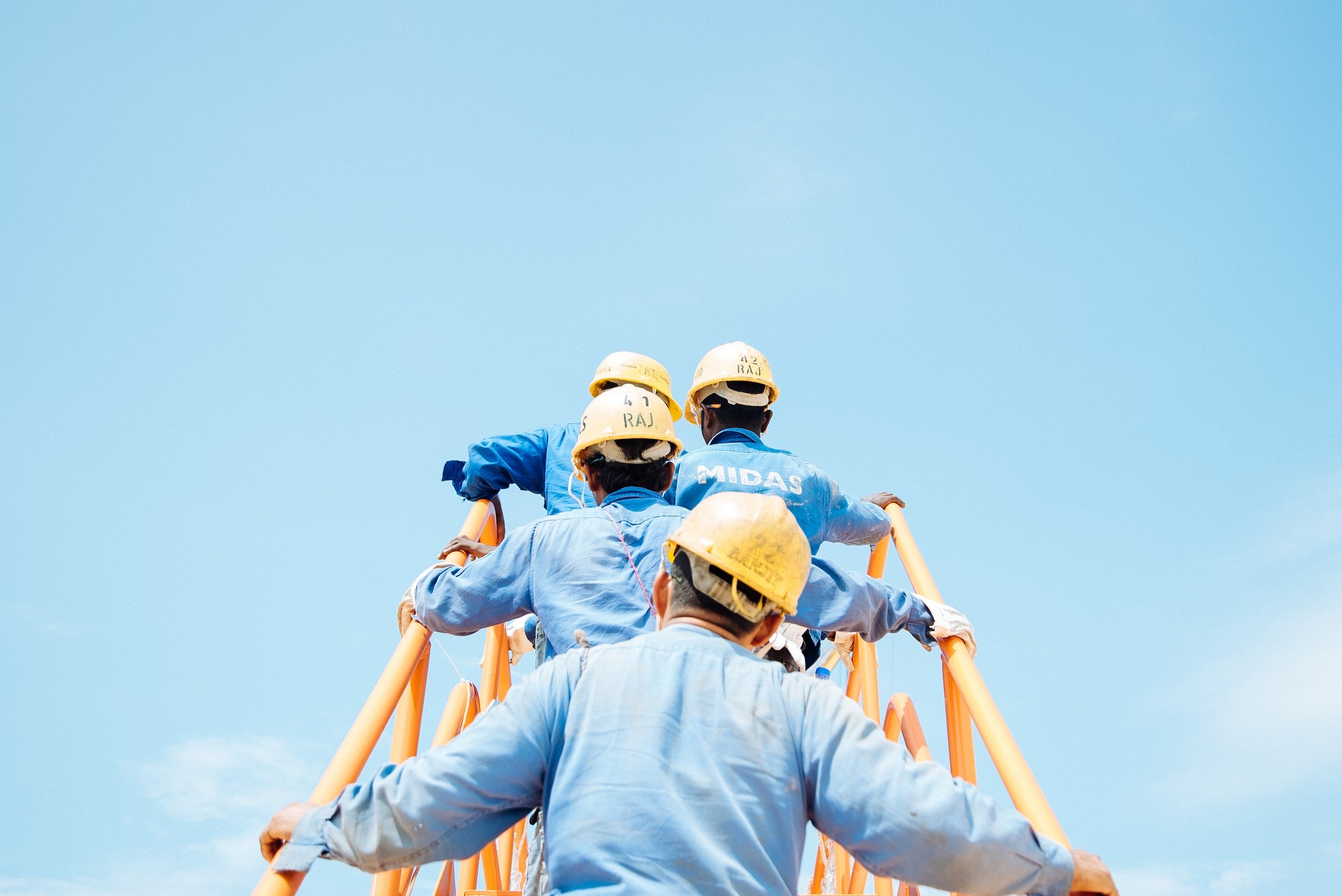Comprehensive Guide to Mine Health and Safety Law in South Africa: Protecting Workers and the Environment
What is Mine Health and Safety?
Mining is a crucial industry in South Africa, contributing significantly to the country's economy. However, the mining sector also poses various health and safety risks to workers and the environment. To mitigate these risks, South Africa has implemented comprehensive mine health and safety laws that aim to protect workers and ensure sustainable mining practices. In this article, we will delve into the key aspects of mine health and safety law in South Africa, including the legal framework, regulations, and best practices.
Mine Health and Safety Legal Framework
Mine health and safety in South Africa is governed by several laws and regulations.
The primary legislation is the Mine Health and Safety Act (“MHSA”) of 1996, which sets out the legal requirements for mine health and safety. The MHSA establishes the responsibilities of mine owners, employers, employees, and contractors, and provides guidelines for safe mining operations. The Act also establishes the Mine Health and Safety Council (MHSC), which oversees the implementation of mine health and safety regulations.
In addition to the MHSA, there are several regulations that supplement the MHSA, such as the Mine Health and Safety Regulations, which provide detailed requirements on various aspects of mining operations, including ventilation, ground control, explosives, and machinery. Other regulations, such as the Hazardous Biological Agents Regulations, deal with the management of hazardous substances in mines. Compliance with these regulations is mandatory, and non-compliance can result in severe penalties, including fines and imprisonment.
Key Provisions of the MHSA
The MHSA and its regulations cover a wide range of topics related to mine health and safety. Some of the key provisions include:
Risk Assessments
Mine owners and employers are required to conduct risk assessments to identify potential hazards and implement appropriate control measures to minimize risks to workers' health and safety. This includes conducting regular inspections, assessments of ventilation, and assessing ground stability.
Training and Education
Employers are obligated to provide comprehensive training and education to workers on mine health and safety, including hazard identification, emergency procedures, and proper use of equipment. Training must be ongoing and tailored to the specific needs of each worker.
Health Monitoring
Employers are required to establish and implement health monitoring programs to detect and prevent occupational diseases and conditions associated with mining activities. This includes regular medical examinations for workers and maintaining proper health records.
Emergency Preparedness
Mines must have emergency response plans in place, including evacuation procedures, communication protocols, and first aid provisions. Employers are required to conduct regular drills and provide adequate resources to respond to emergencies effectively.
Environmental Protection
The MHSA also includes provisions for protecting the environment, including measures to minimize the impact of mining activities on air and water quality, soil erosion, and biodiversity. Mines are required to obtain environmental permits and comply with relevant environmental legislation.
Mine Health and Safety Best Practices
In addition to complying with the legal requirements, mine operators in South Africa are encouraged to implement best practices to ensure the health and safety of workers and the environment. Some of the recommended best practices include:
Regular monitoring and evaluation of mine health and safety performance, including tracking key indicators, conducting audits, and identifying areas for improvement.
Engaging in continuous worker training and education programs, including refresher courses, to ensure workers are knowledgeable about mine health and safety procedures and practices.
Establishing effective communication channels between management, workers, and relevant stakeholders to promote a culture of safety and encourage reporting of hazards and incidents.
Implementing state-of-the-art technologies, such as real-time monitoring systems, to detect and prevent potential hazards in real-time, and using automation and remote-controlled equipment to reduce the risk of workers' exposure to dangerous conditions.
Regularly engaging with regulators, industry associations, and other stakeholders to stay updated on the latest developments in mine health and safety regulations, industry trends, and best practices.
Conducting thorough and regular risk assessments, including geotechnical assessments, to identify potential hazards and implement appropriate control measures, such as reinforcing unstable ground, improving ventilation systems, and implementing proper signage and warning systems.
Establishing comprehensive emergency response plans, including regular drills and exercises, and ensuring that all workers are familiar with the emergency procedures and know how to respond effectively in case of an incident.
Promoting a culture of reporting and addressing near misses, incidents, and hazards without fear of reprisal, and implementing effective incident reporting and investigation mechanisms to identify root causes and implement corrective actions.
Regularly engaging with local communities, stakeholders, and relevant authorities to address concerns, promote transparency, and ensure that mining activities do not have negative impacts on the health, safety, and well-being of local communities and the environment.
Mine health and safety law in South Africa is comprehensive and aimed at protecting workers and the environment from the risks associated with mining activities. Compliance with the Mine Health and Safety Act and its regulations is mandatory, and mine operators are encouraged to implement best practices to ensure the highest level of health and safety standards. By conducting risk assessments, providing comprehensive training, implementing effective emergency response plans, and engaging with stakeholders, mine operators can create a safe working environment and contribute to sustainable mining practices. Prioritizing mine health and safety not only protects workers but also ensures the long-term viability of the mining industry in South Africa while safeguarding the environment and local communities.
If you need assistance with any mine health and safety issues, contact our offices today to schedule a consultation with one of our specialist mining law attorneys.

